11 Animal Milks That Don’t Come From Cows
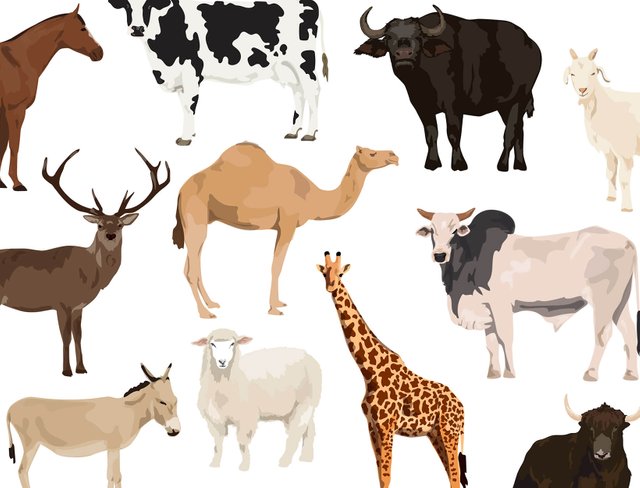
While you might think of alternatives to cow’s milk only in terms of non-dairy, nut-based milks, cows are far from the only source of dairy milk out there. Intrigued by the camel’s milk we found on the shelves of a grocery store near our LA office, we talked to Young W. Park, Ph.D., editor of the Handbook of Milk of Non-Bovine Mammals (its second edition was just published this summer). “Almost 85 percent of the world’s milk supply is from cows,” Park says. “But in some European countries and the US, about 7 percent of the population is allergic to it. And some non-bovine species’ milk doesn’t cause those allergies, has therapeutic uses, and better nutritional value than cow’s.”
Although you might not encounter—nor seek out—say, zebu milk anytime soon, several alternatives to straight-up cow’s milk have become increasingly available in the US. Below, a few alternate dairy milks you’re most likely to find, plus advice from resident goop nutritionist Shira Lenchewski, MS, RD, on the nutritional value of each. Past the top three are nine more, all of them out-there-sounding but animal milks nonetheless—some of which have practical benefits, others (hello, cockroach) that may take awhile to catch on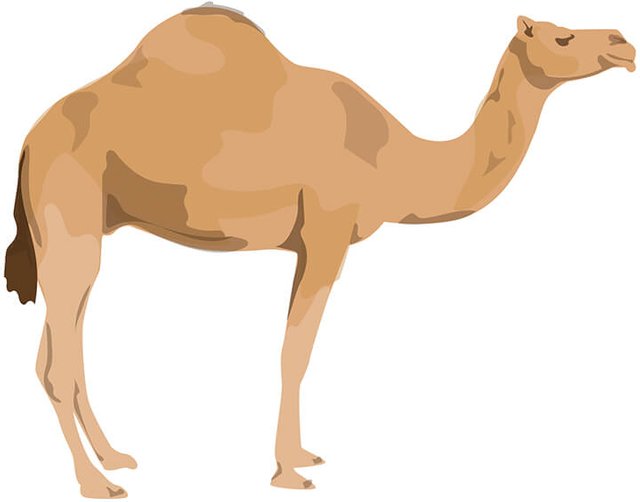
CAMEL’S MILK
Extreme Milk
Long a great dietary support for millions of people where climates are harsh and water is scarce, camels provide milk with serious nutritional value.
SHIRA SAYS: “Research suggests that camel’s milk is pretty much the closest you can come to a human mother’s milk, particularly in terms of immune-boosting proteins like lactoferrin and immunoglobulins. Camel’s milk also contains exclusively A2 casein, making it more digestible and better tolerated than cow’s milk. For these reasons and others, camel’s milk is being studied for its potential complementary role in treating autoimmune conditions, autism, and milk allergies. On the other hand, it’s really f$%^ing expensive.”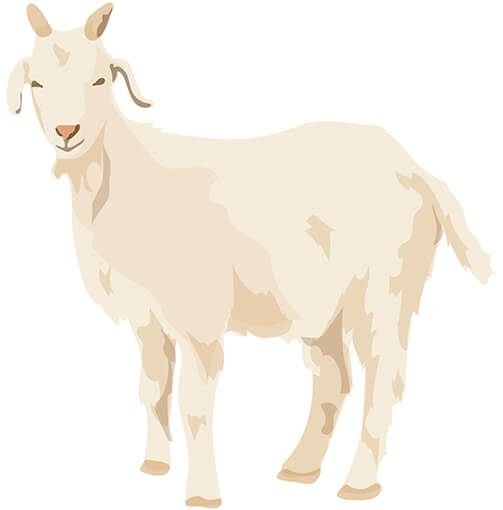
GOAT’S MILK
Extreme Milk
Goats produce around 2 percent of the world’s milk, and make dairying possible in regions with poor soil—interest in the milk’s nutritive qualities in the last two decades has contributed to an almost 60-percent increase in production.
SHIRA SAYS: “Like camel’s milk, goat’s milk typically has little to no inflammatory A1 casein proteins. And unlike cow’s milk, goat’s milk does not contain agglutinin proteins—lectins that cause fat globules in milk to cluster together. Without agglutinin in the picture, the fat globules don’t cluster together, so they’re easier to digest. But, like camel’s milk, goat’s milk can skew on the pricier side.”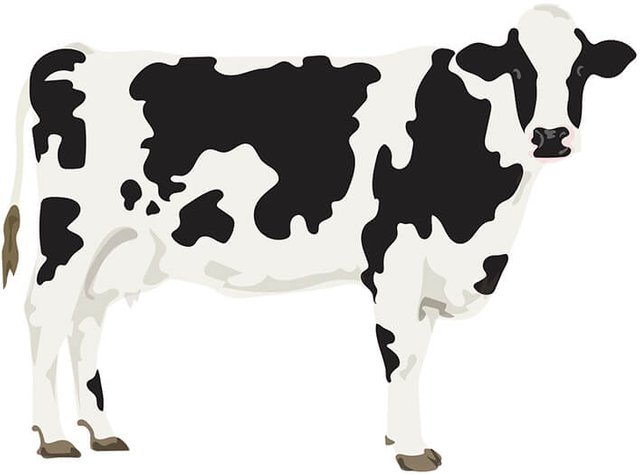
A2 Cow’s Milk
Extreme Milk
Not all cows’ milk is created equal: Owing to a mutation that historians believe originated in Europe thousands of years ago, different kinds of cows produce milks that contain varying forms of the milk protein casein.
SHIRA SAYS: “When it comes to casein, there are two different types of milk to be familiar with: A1 and A2. Research suggests that people have a relatively easy time digesting milk containing A2 casein, but not so much with A1. Interestingly, the amount of these casein concentrations vary among different breeds of cows, with some breeds having very little to no A1 casein at all. A2 milk is dairy from cows that naturally only produce the A2 casein protein. Here’s my take: If you’re in the market for cow’s milk dairy, A2 is probably less likely to cause GI inflammation than regular milk. That said, if you have a true milk allergy, A2 is not for you.”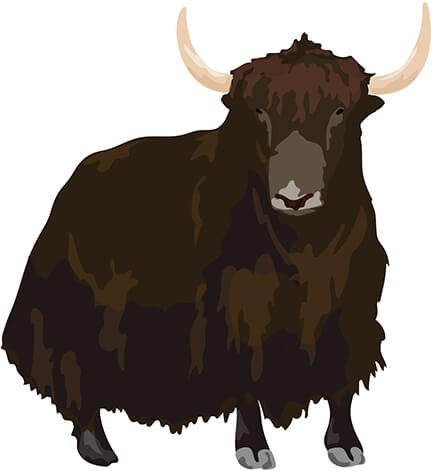
YAK
Extreme Milk
Yaks are very tolerant of cold weather, which makes them a necessary alternative to cow’s milk in some regions of the world. “They live primarily in high-mountain areas like western China and Mongolia, where they’re sometimes the only dairy species available,” Park says. Yak milk itself is very nutritious, says Park—there’s more protein in yak milk than cow, goat, or even human milk, and higher individual amino acids content and more total amino acids, comparatively. In the Tibetan Plateau, where some 95 percent of the world’s yaks live, people drink yak milk and yak butter in teas.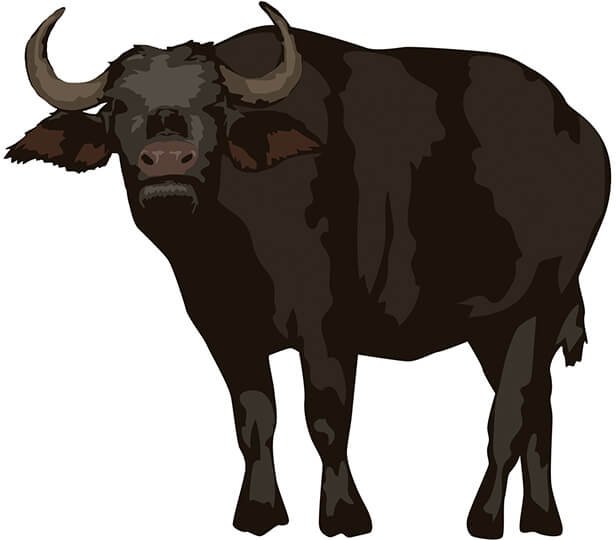
BUFFALO
Extreme Milk
Buffalo milk is actually relatively common: Buffalos are the predominant dairy animal in countries like India and Pakistan, so they contribute about 13 percent of the world’s total milk production. Compared to cow’s milk, buffalo has more fat, protein, lactose, and minerals—and yields more cream, butter, and cheese owing to its higher solids content. It’s also known for its distinct flavor, which is notably nutty when boiled, due to the release of sulfhydryl compounds.
Extreme Milk
Horse milk has a long history of consumption in Russia and Central Asia, where it’s known for its health benefits; the composition of horse (it’s often referred to as mare milk) and donkey milk is quite similar, and the therapeutic use of the latter is reported in ethnomedicine. “People drink donkey and horse milk for its hypoallergenic and therapeutic qualities,” Park says. “Horse milk has antacid properties; some use it to help treat chronic hepatitis, peptic ulcers, and tuberculosis.” Horse milk composition is also similar to human milk; in Italy, it’s been considered as a potential formula substitute for children allergic to cow’s milk.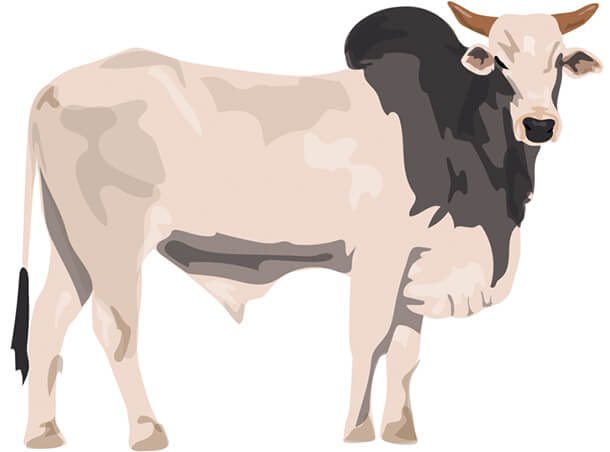
ZEBU
Extreme Milk
Also known as humped cattle, zebus are bovine mammals most commonly found in Brazil, India, and China, that have the ability to withstand adverse conditions—like tropical heat—that dairy cows can’t. The milk has a high solids content, but the composition varies widely (there are more than seventy breeds!), and there’s no known nutritional edge over conventional cow’s milk. “People in specific regions raise zebu, because it is what’s naturally available,” says Park.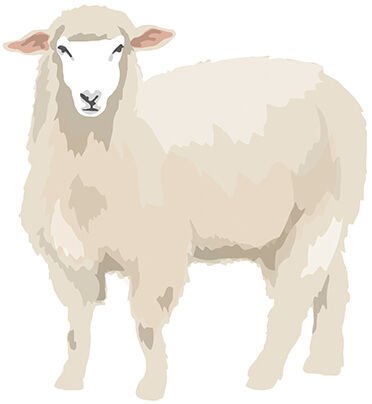
SHEEP
Extreme Milk
Both New Zealand and Australia have small but growing dairy sheep industries; worldwide, sheep milk accounts for about 1 percent of total production. Park says sheep milk is in many ways superior to cow’s milk: Its high solids content, which even outperforms goat, makes it particularly appealing. Sheep’s milk also has a greater concentration of all ten essential amino acids than cow’s.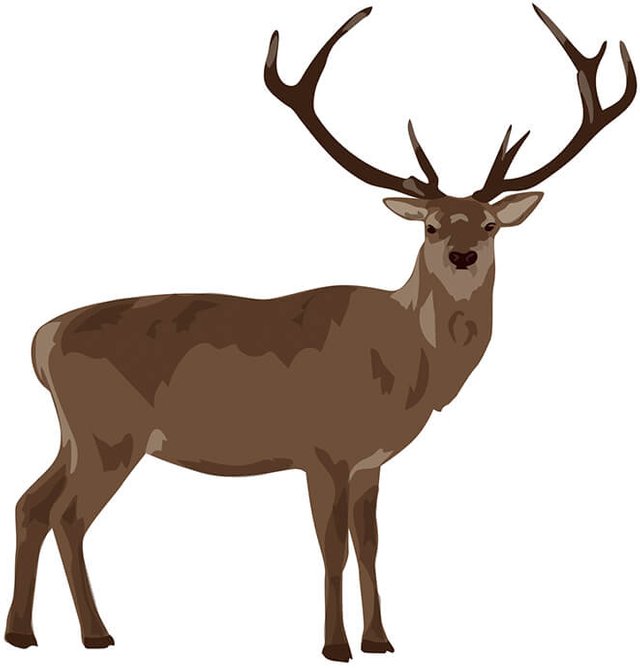
REINDEER
Extreme Milk
Reindeer milk is an essential part of the economy and well-being of some communities in northern Eurasia and (the very cold) taiga regions, where cows can’t survive. The fat composition of reindeer milk is similar to cow’s, as is the concentration of calcium, though it is lower in sodium and potassium.
GIRAFFE
Extreme Milk
Despite the hype—a cursory google search of “giraffe milk” yields a misleading amount of relevant hits, because of a recently resurfaced study from the sixties that analyzed the milk of a single giraffe while it was under anaesthesia—giraffe milk is not the next “superfood,” and the mention of it elicits a chuckle from Park. “I don’t doubt that it can be consumed,” he says, “But it’s not the norm, anywhere.”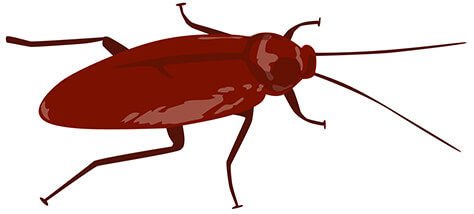
COCKROACH
Extreme Milk
How do you milk a cockroach? (And why would you ever want to?) Barbara Stay, Ph.D., professor emerita at the University of Iowa, spent most of her career studying cockroach reproduction with a group of entomologists contracted by the government to examine the creepy crawlers, which were a nuisance to the army. What she found was that Diploptera Punctata, the only type of cockroach to give birth to live young, produces a kind of milk in its gut to feed its young before birth. As might be expected, the process of “milking” a cockroach is precise and laborious—but the outcome is flashy: When researchers in India analyzed the crystal structure of the milk in 2016, they discovered protein sequences with all the essential amino acids, plus proteins, fats, and sugars—and the milk turns out to be 3.5 times more calorie-rich than cow’s milk.
Milking cockroaches at scale, however, is near-impossible—for now. “The only way would be to make cultures of yeast with the genes in it for making this milk,” Stay says. “But that’s pie in the sky, if you ask me.”
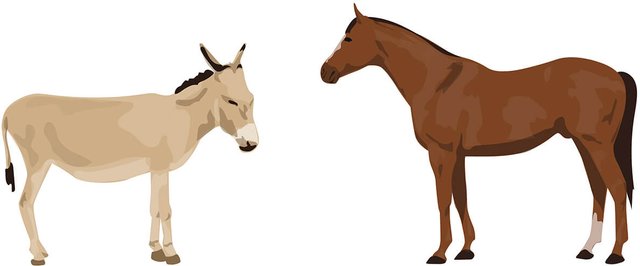
I bet nobody would want to try cockroach milk...
Oh the side note, Goat milk are actually good for children!
Hi! I am a robot. I just upvoted you! I found similar content that readers might be interested in:
http://goop.com/wellness/food-planet/11-milks-dont-come-cows/